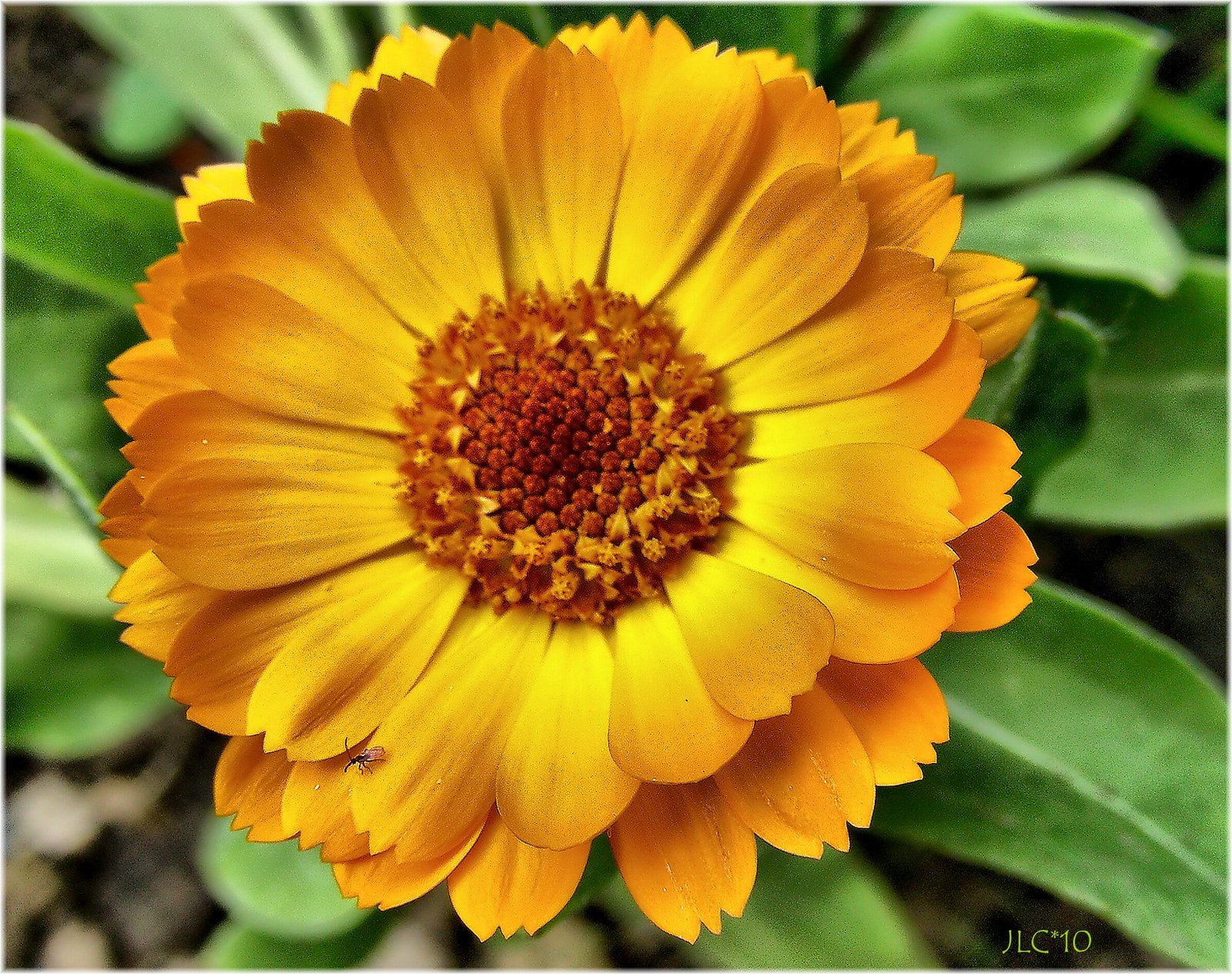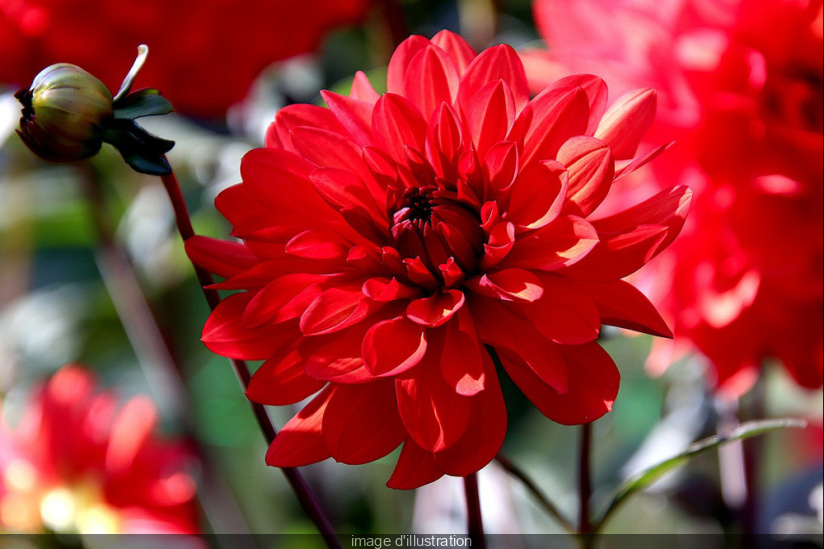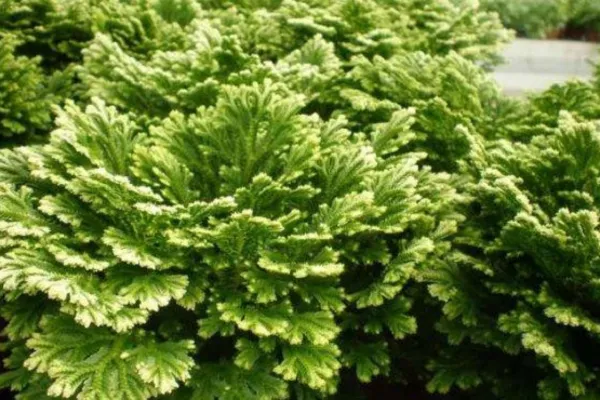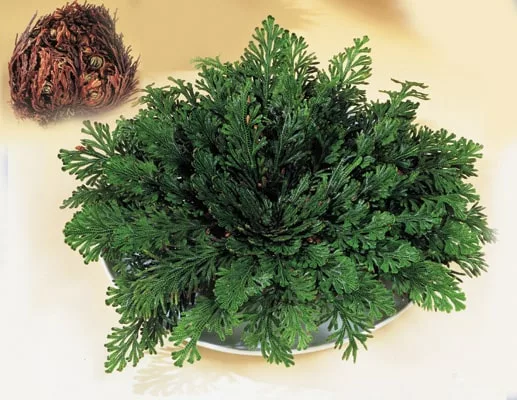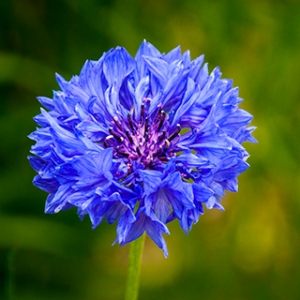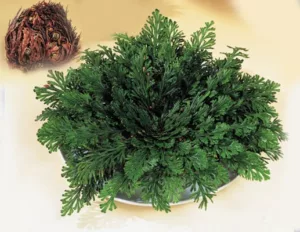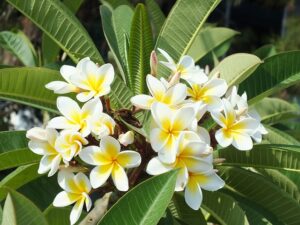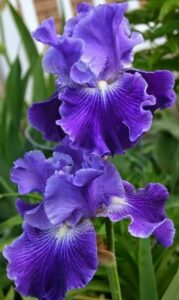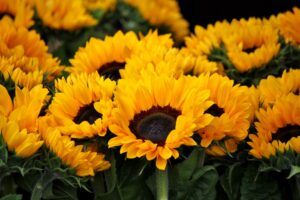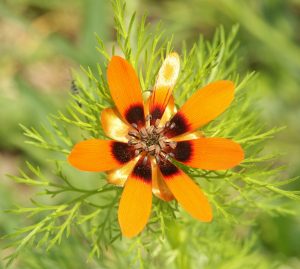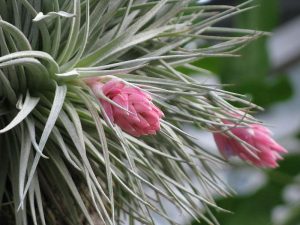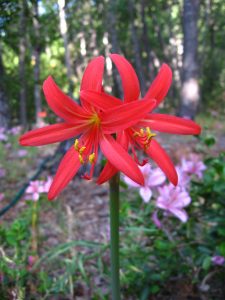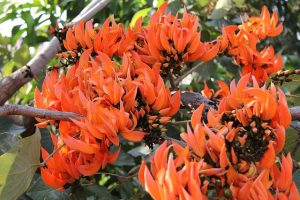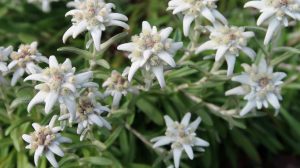Calendula: its characteristics, care and medicinal properties
The scientific name for Calendula is Calendula officinalis and it belongs to the Compositae family. Popularly known also as buttercup, tufted, flower of the dead or deceased, market or wonder.
It is native to the Mediterranean Sea area, Egypt and southern Europe.
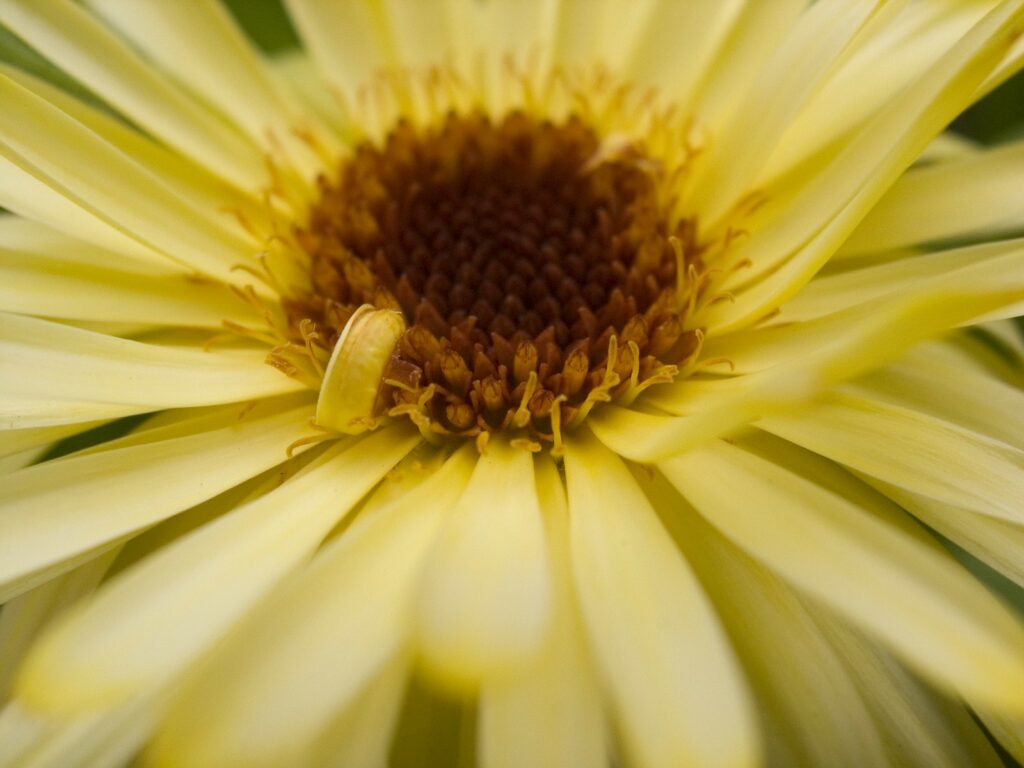
Characteristics
It is an annual and erect plant that measures between 50 and 70 cm. Its leaves are simple, alternate and somewhat thick.
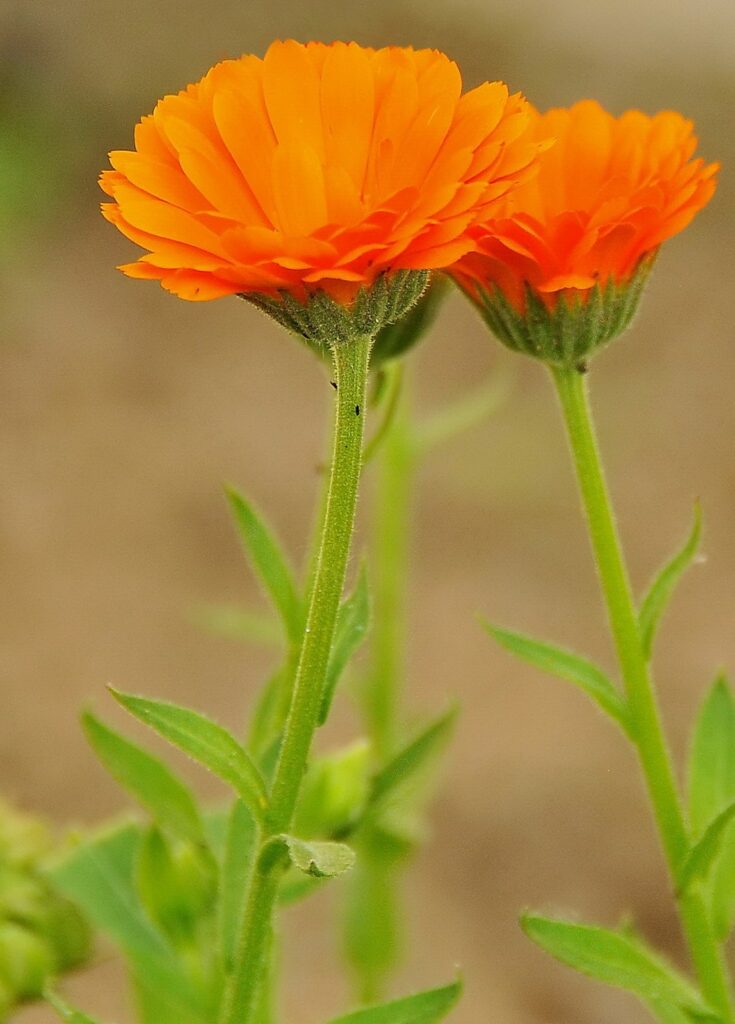
Its flowers are solitary and we can find them with colors from whitish yellow to high orange. During the day, its flower follows the direction of the sun (similar to the sunflower), and at night they close. Calendula flowers are used both as an ornament and for the preparation of medicines, for their many medicinal properties. Its aroma is not very pleasant.
Care
The sowing should be first in the seedbed, at the end of winter, and after they are born, transplant it, either to a pot or to your garden. Many people plant them around their gardens or crops, and use them as a biological controller, as it repels many insects.
The calendula needs to be exposed to the sun, although it also adapts to being in semi-shade. The soil must be fertile, fertilized and well drained, and if you can mix it with sand, the better. It should be watered regularly, mainly in summer. To enhance their bloom, you should trim the flowers once they wilt.
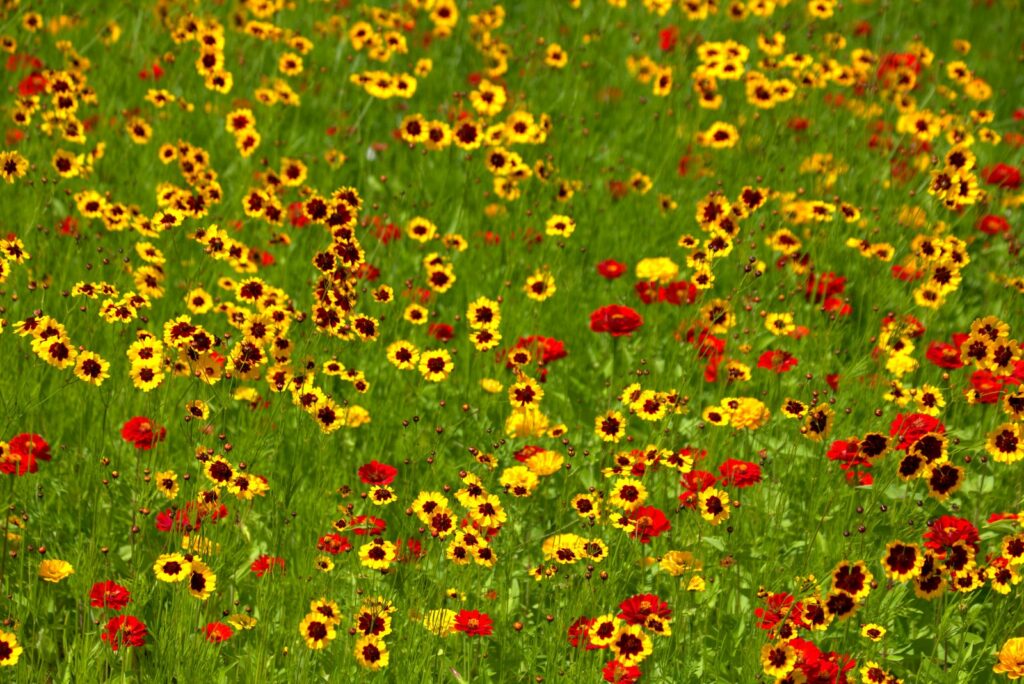
Medicinal properties
Calendula has anti-inflammatory, healing and cell regenerating properties, which is why it is used to treat eczema, dermatitis, ulcers, burns, wounds and other skin conditions.
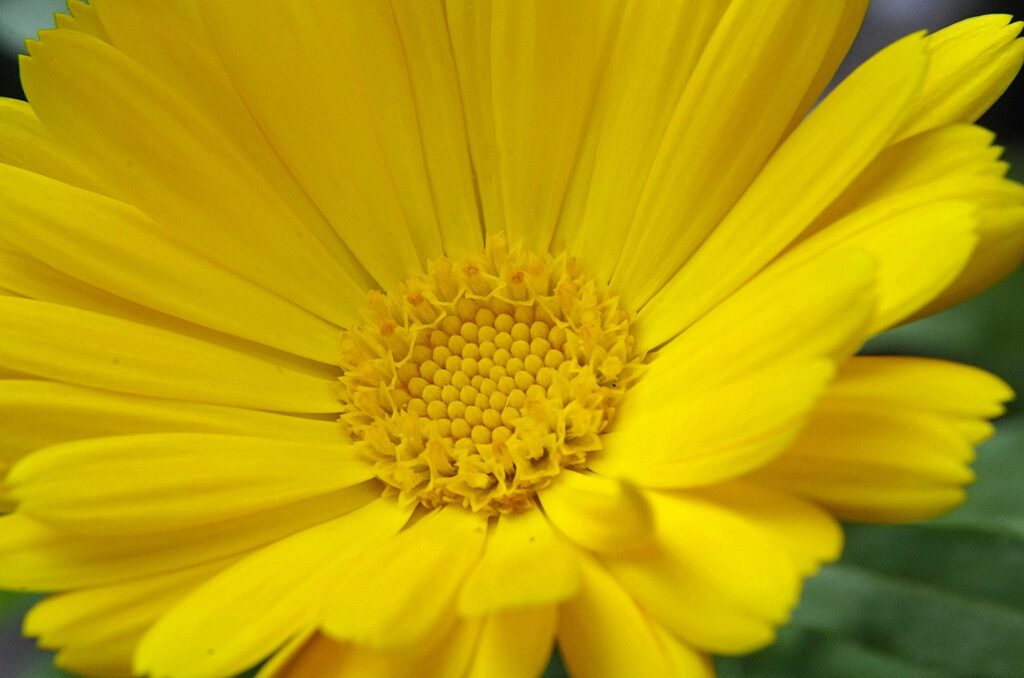
Many creams and ointments are now produced from its flowers, both in the pharmaceutical and cosmetic industries. Its leaves were used in ancient times in poultices and compresses for gout and other painful inflammations, these remedies are still applied in some rural areas.
The infusion of calendula flowers are used to treat some diseases such as gingivitis, pharyngitis, tonsillitis, sores located in the mouth and ulcers in the stomach. To get more benefit from the treatment, it is recommended to gargle about 5 times a day.
This infusion is also used as a menstrual regulator, it also eliminates uterine pain, and it is also a natural sedative and antispasmodic. To achieve a better effect, you should start taking it one week before the start of the period once a day.
Another of its benefits is calendula oil, which women often use as an intimate fungicide, to treat mild infections in the vaginal area.
Contraindications
The use of this plant is contraindicated for pregnant and lactating women, as well as in people who have hypersensitivity to this plant.
Despite all these properties of the plant, you should always consult a specialist first before doing any treatment.
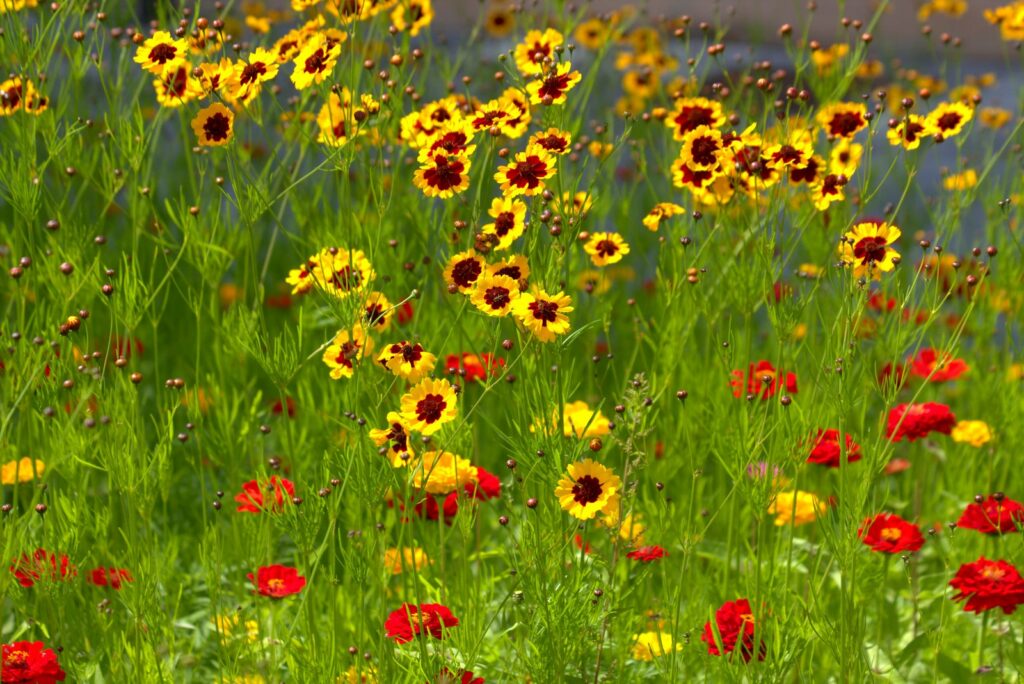
So far our article today, if it has been useful and you have learned something new, share it on your social networks and leave us your comments here.

The images used were taken from:
pau.artigas via Wunderstock (license)
sybarite48 via Wunderstock (license)
clisenberg via Wunderstock (license)
M. Martin Vicente via Wunderstock (license)
chemazgz via Wunderstock (license)
jl.cernadas via Wunderstock (license)
Share this content:
